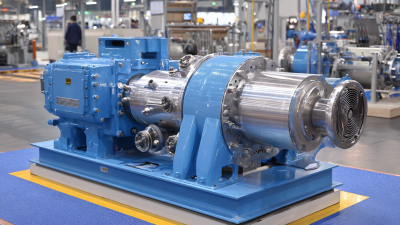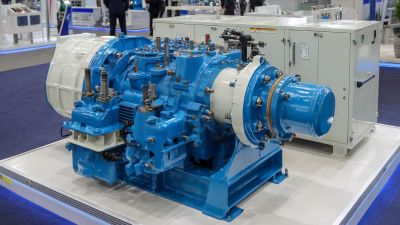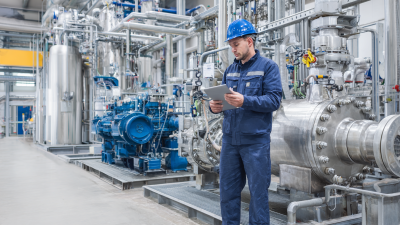Sealless Pumps for a Safer and Greener World


In contemporary engineering disciplines, the integration of high pressure systems has proven to be transformative across various applications, significantly enhancing efficiency and performance. According to a report by the International Energy Agency, the global high-pressure systems market is projected to reach $5.6 billion by 2025, driven by innovations in sectors such as aerospace, automotive, and manufacturing. High pressure technology enables engineers to optimize processes, improve material strength, and reduce energy consumption, all crucial in meeting the demanding requirements of modern industry. For instance, in hydraulic systems, the use of high pressure fluids allows for compact designs and increased power output, which can lead to substantial cost savings and reduced carbon footprints. As industries continue to embrace advanced materials and techniques, understanding the benefits of high pressure systems becomes essential for engineers seeking to develop sustainable and efficient solutions.
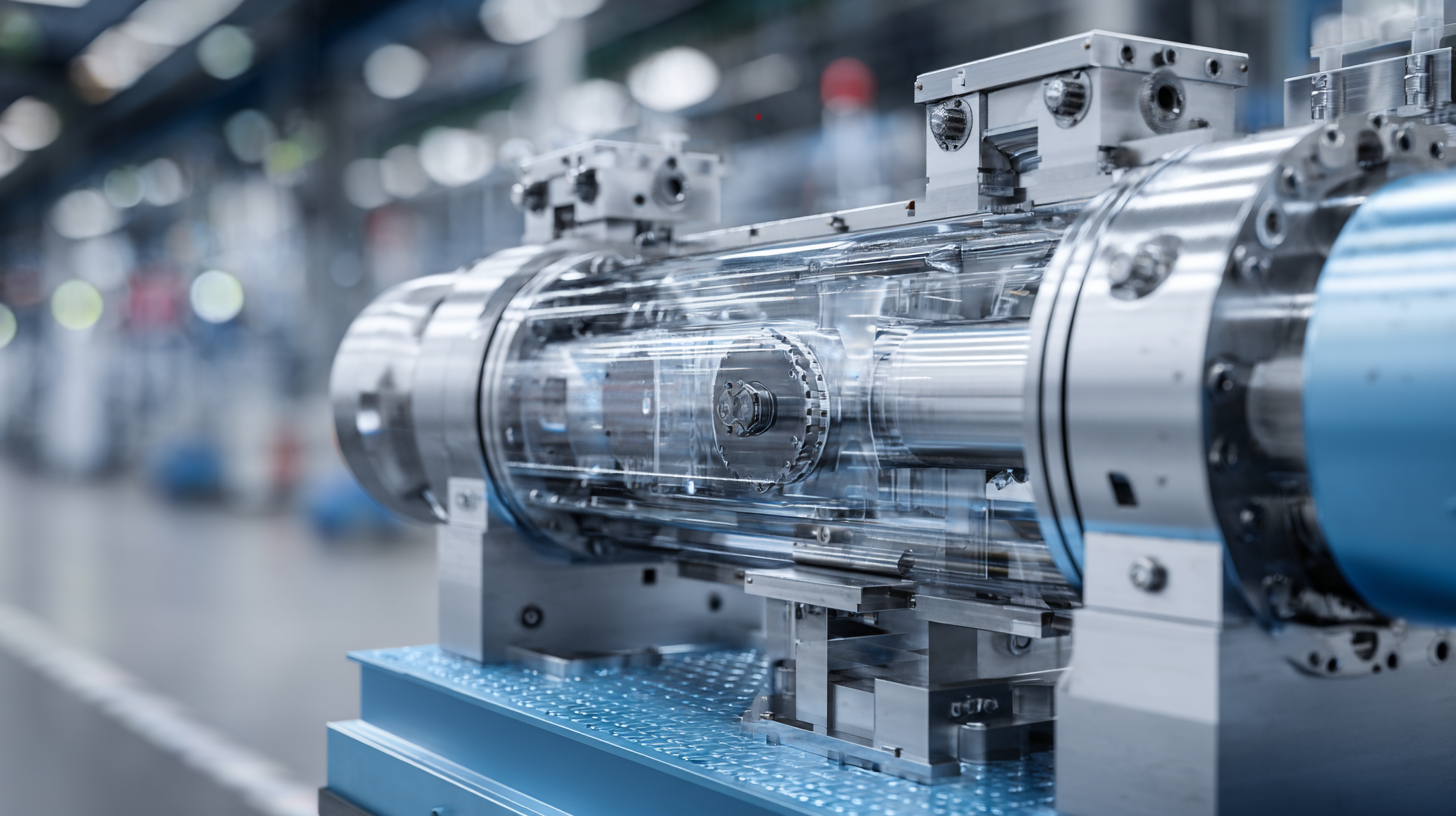
High pressure systems are revolutionizing modern engineering applications, especially in enhancing material strength and durability. Recent advancements in technology have shown that materials subjected to high pressure exhibit improved mechanical properties, including increased tensile strength and resistance to fatigue. For instance, studies suggest that high-pressure treatments can enhance the structural integrity of metals by up to 50%, making them more suitable for demanding applications in aerospace and automotive sectors.
One key application of high pressure systems is in the production of composite materials. By utilizing high-pressure processing, manufacturers can achieve a denser material with fewer voids, which significantly contributes to the overall durability and longevity of the product. Reports indicate that composites treated under high-pressure conditions can endure extreme conditions and mechanical stress, thus extending their lifespan and reducing maintenance costs.
Tips: When exploring high pressure systems for engineering projects, consider conducting thorough material testing to determine the optimal pressure levels for enhancing strength. Additionally, staying updated with the latest technological innovations can provide competitive advantages in the market, ensuring your products remain at the forefront of industry standards.
| Application Area | Material Strength Improvement (%) | Durability Enhancement (Years) | Cost Efficiency (%) | Energy Savings (%) |
|---|---|---|---|---|
| Aerospace Engineering | 25 | 15 | 10 | 12 |
| Automotive Manufacturing | 20 | 10 | 15 | 8 |
| Civil Engineering | 30 | 20 | 5 | 10 |
| Oil and Gas Industry | 40 | 25 | 20 | 15 |
| Manufacturing Processes | 35 | 18 | 12 | 14 |
High pressure systems are becoming increasingly integral to a variety of engineering applications, especially in industries such as oil and gas, pharmaceuticals, and food processing. According to a recent report by the International Energy Agency (IEA), high-pressure technologies have improved extraction efficiency in the oil and gas sector, leading to a 30% increase in oil recovery rates through enhanced oil recovery (EOR) methods. This advancement not only boosts production but also minimizes environmental impacts by reducing the need for invasive drilling techniques.
In the pharmaceutical industry, high-pressure processes facilitate the production of more effective medicines. Utilizing supercritical CO2 extraction, a method known for its safe and efficient solvent capabilities, has been shown to enhance the purity and yield of active pharmaceutical ingredients (APIs) by up to 50%, according to a study published in the Journal of Pharmaceutical Sciences. This results in higher quality products with fewer contaminants, which is crucial in maintaining compliance with stringent regulatory standards.
Tip: When considering the implementation of high-pressure systems in your operations, it's essential to evaluate not just the initial costs but also the long-term benefits such as increased efficiency and product quality. Investing in training for your engineering staff can further maximize the returns on these advanced technologies.
High pressure systems are emerging as transformative technologies in modern energy production, offering a range of innovative applications that cater to the evolving demands of a sustainable energy landscape. These systems enable the efficient conversion of various energy sources, including renewables, by optimizing processes such as gasification and combustion. For instance, supercritical water gasification harnesses high pressure to convert organic materials into hydrogen, a clean energy carrier that holds immense potential in decarbonizing the energy sector.
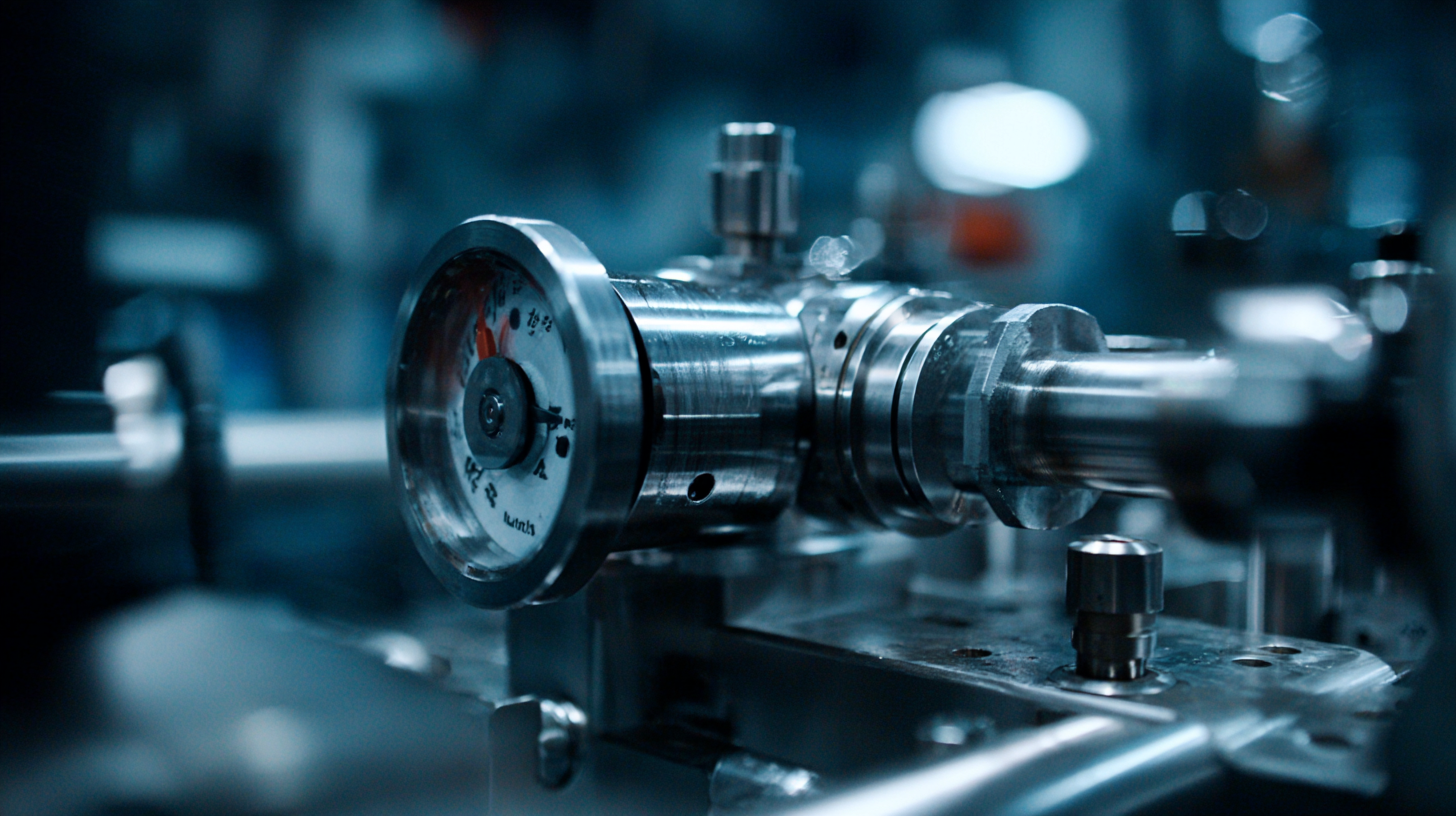
Moreover, the integration of high pressure systems in energy applications also facilitates advancements in carbon capture and storage technologies. By operating under elevated pressures, these systems improve the absorption and compression of CO2, which is crucial for mitigating greenhouse gas emissions. This capability aligns with the ongoing efforts to enhance the efficiency of renewable energy projects worldwide, characterized by technological innovation and reduced operational costs. As industries increasingly focus on sustainability, the role of high pressure technologies will be pivotal in shaping a more resilient and eco-friendly energy future.
When working with high pressure systems, safety considerations are paramount. The inherent risks associated with high pressure equipment—such as burst pipes, leaks, and equipment failure—demand rigorous safety protocols. Operators must understand the specifications of the equipment and ensure it is designed to handle the pressures involved. Regular inspections and maintenance are essential to identify any wear or defects that could compromise safety.
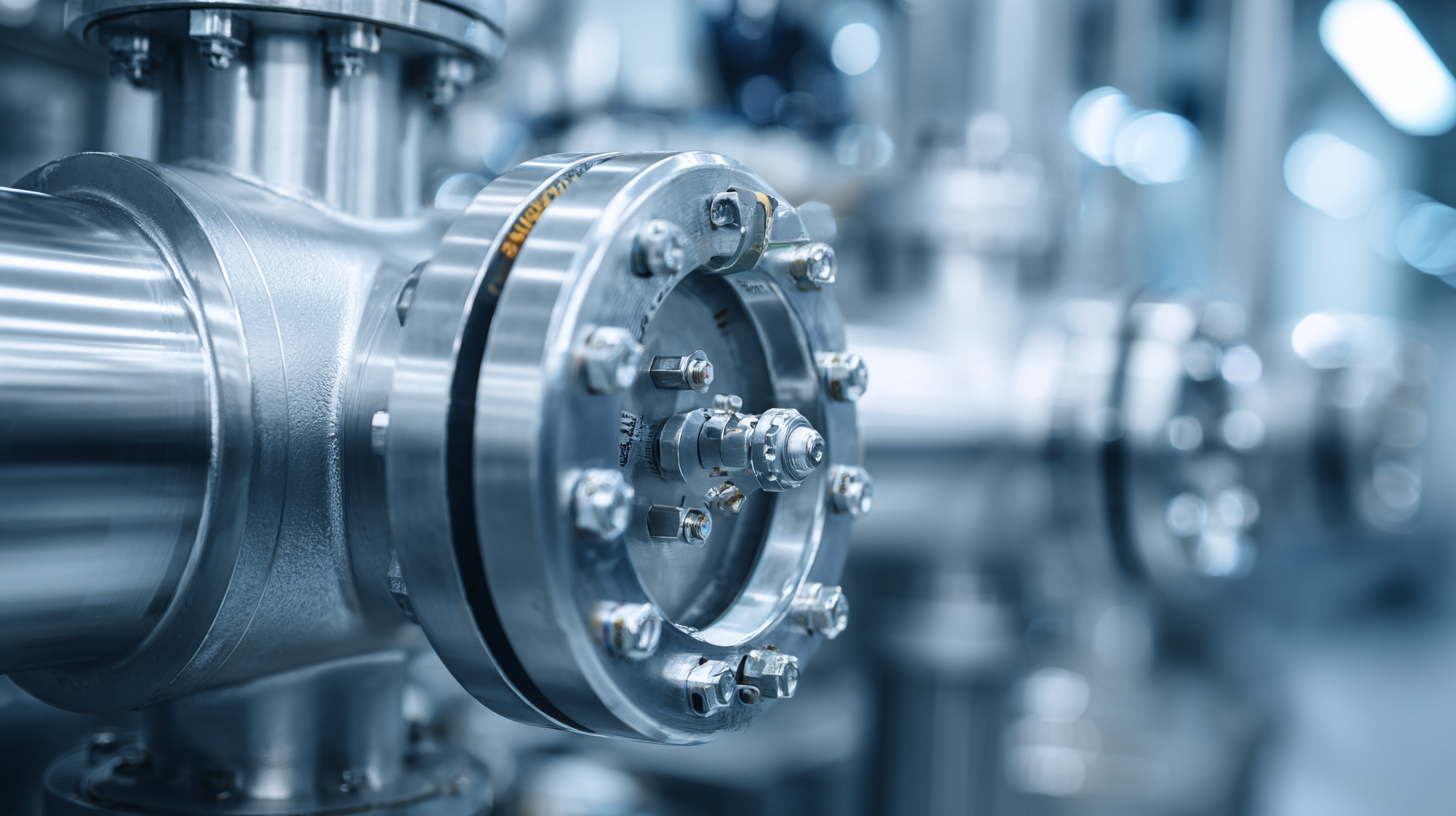
Best practices for high pressure equipment usage include employee training on emergency procedures and the correct operation of machinery. Personal protective equipment (PPE) should always be worn, including pressure-rated suits and goggles. Additionally, incorporating pressure relief valves and safety interlocks can help mitigate the risks of uncontrolled pressure increases. Awareness of the potential hazards and implementation of these safety measures can significantly enhance the secure use of high pressure systems in modern engineering applications.
As engineering continues to evolve, high pressure systems are increasingly becoming integral to modern applications. Recent reports from the International Society of Automation indicate that the demand for high pressure technologies is projected to grow by 6.5% annually through 2030. This rise is largely fueled by advancements in materials science and engineering processes that allow for safer and more efficient use of high pressure systems across industries such as aerospace, automotive, and manufacturing.
Moreover, the trend towards miniaturization and increased efficiency is pushing engineers to rethink the design and implementation of high pressure systems. Innovations such as variable geometry turbines and pressure vessels with enhanced composite materials have led to applications that maximize power output while minimizing weight. According to a 2023 report by the American Society of Mechanical Engineers, these developments have the potential to improve energy efficiency by up to 25% in specific applications. As we look to the future, collaborations between engineers and researchers will further unlock the capabilities of high pressure systems, driving sustainable practices and expanding their role in groundbreaking engineering solutions.

